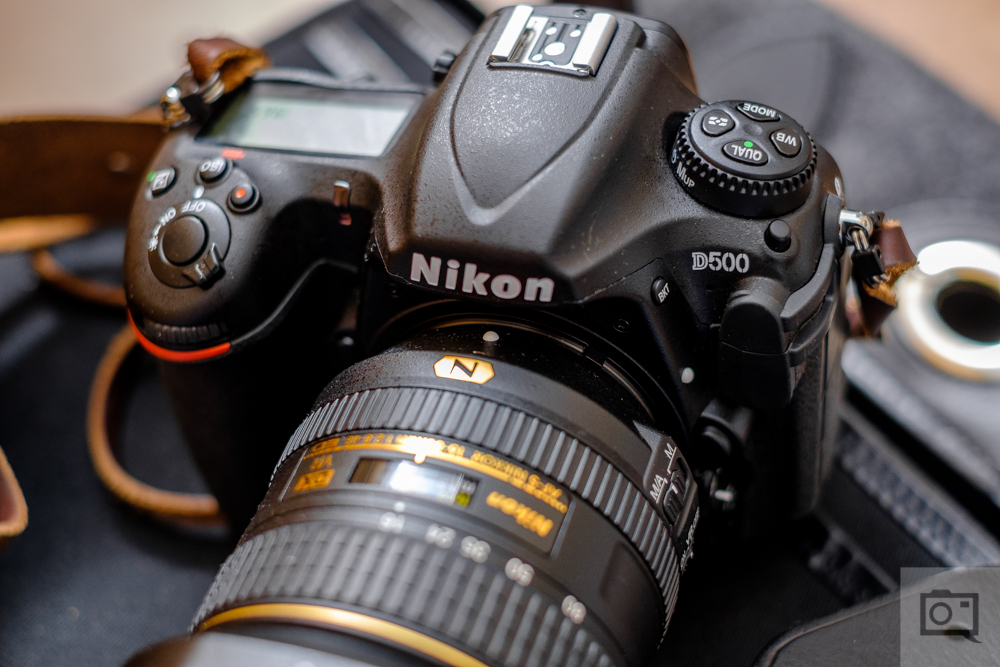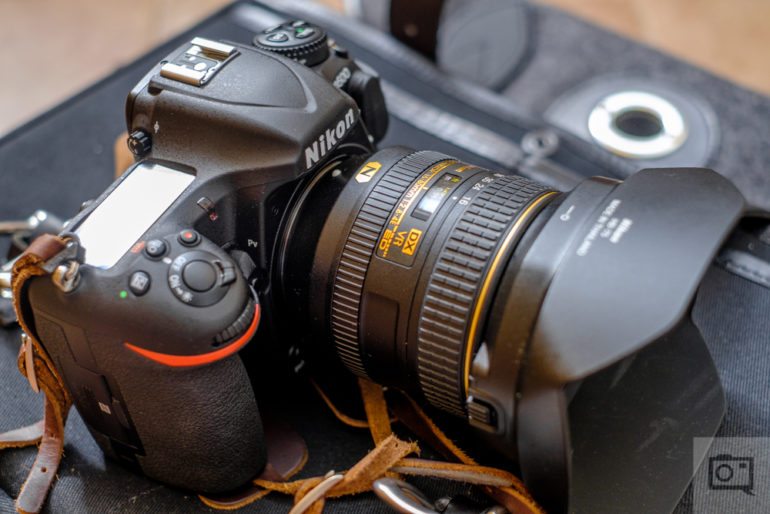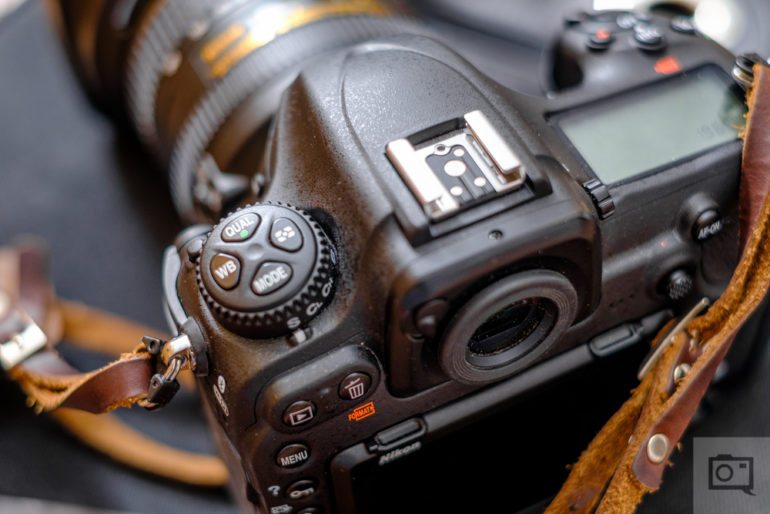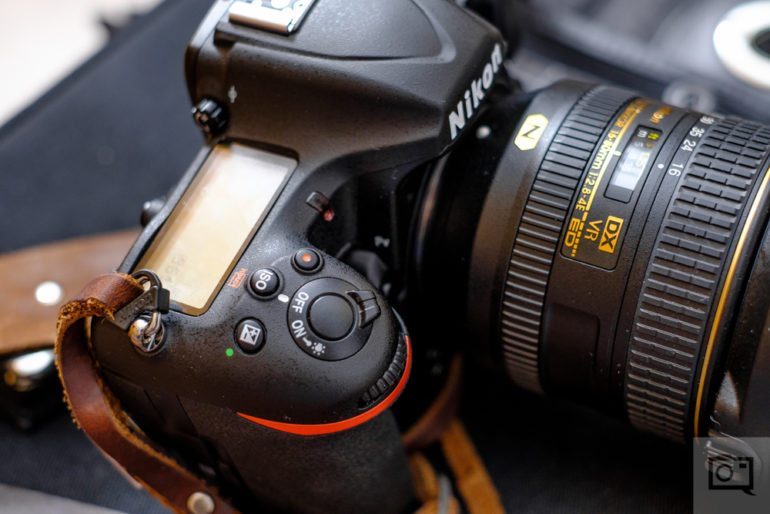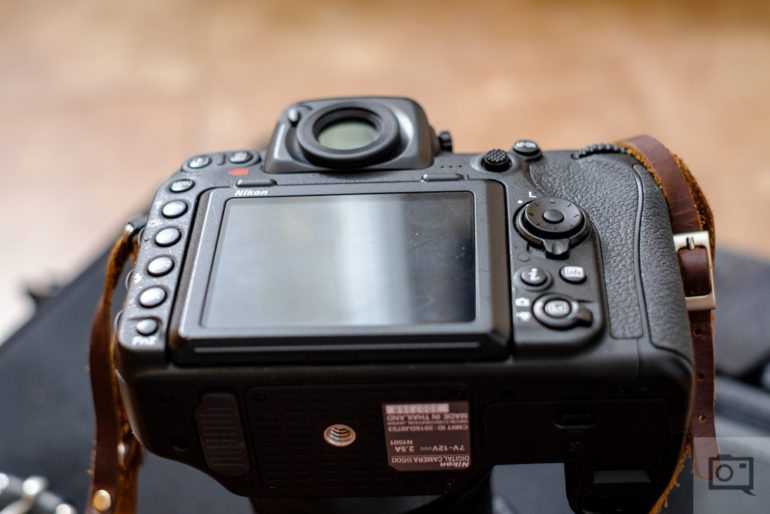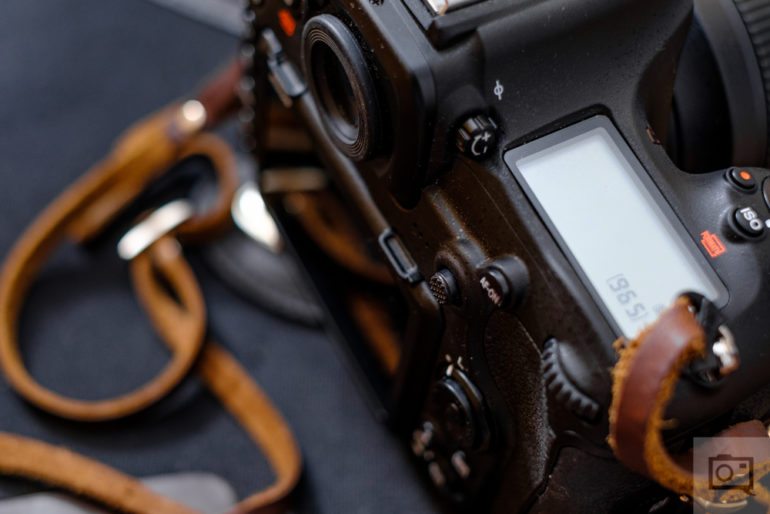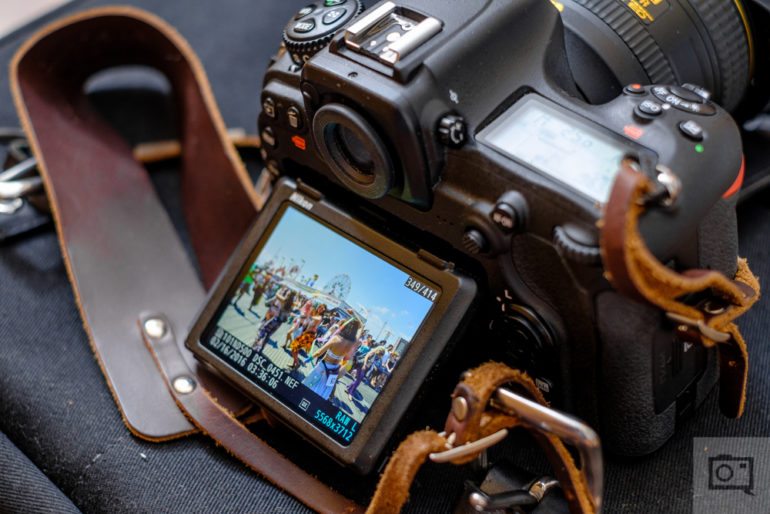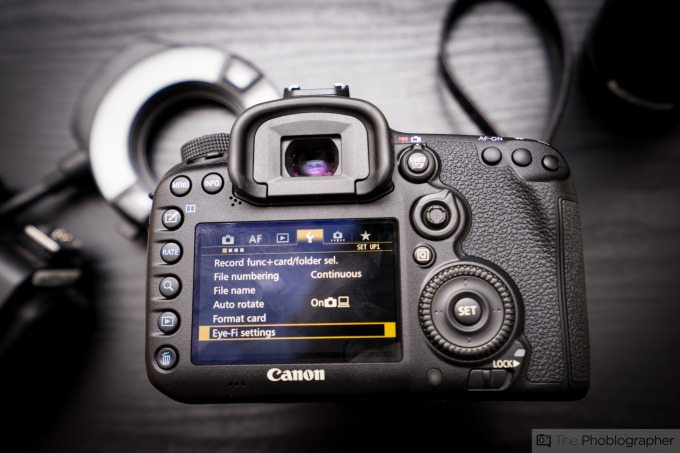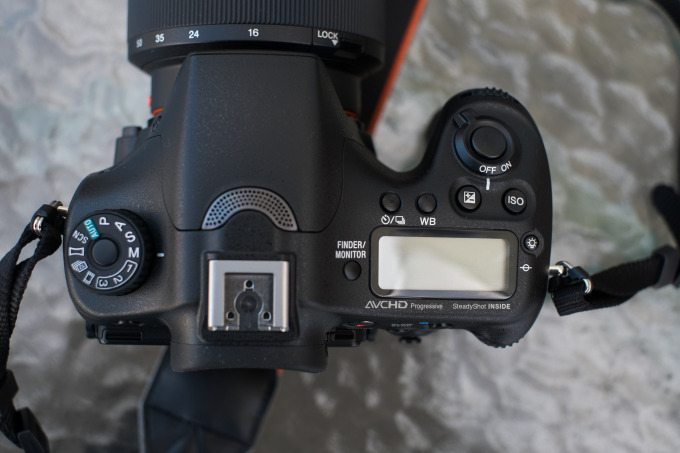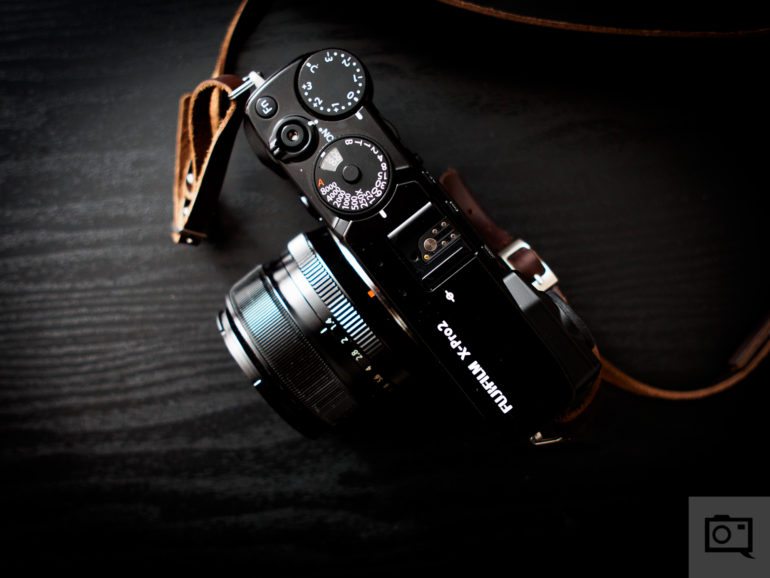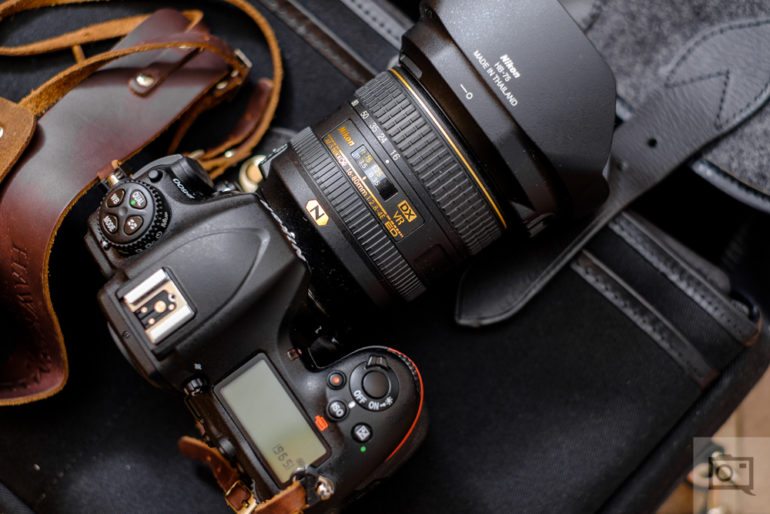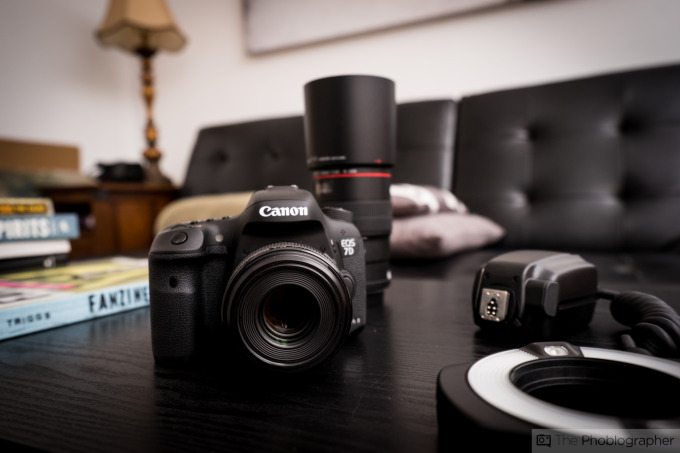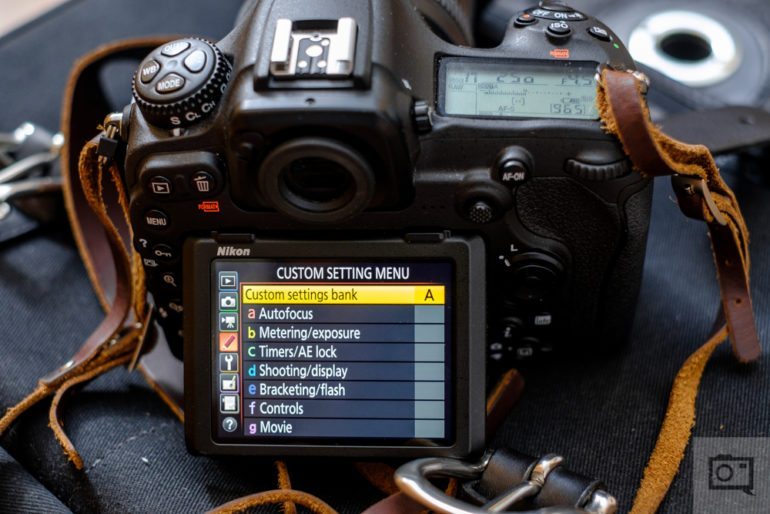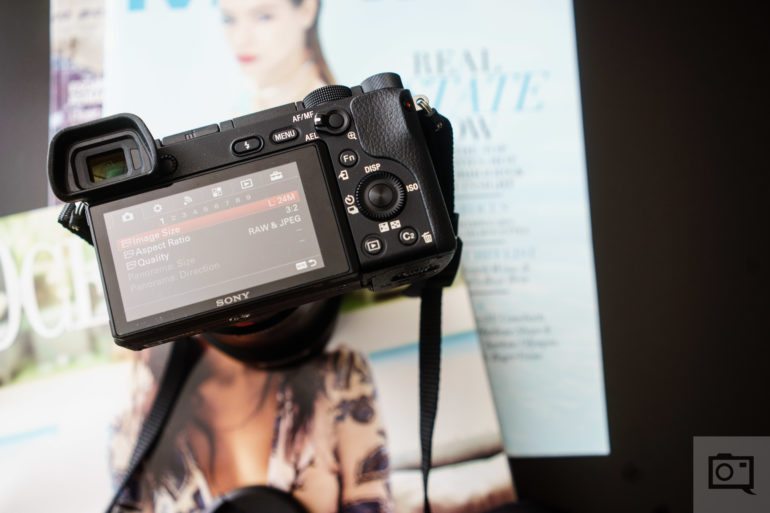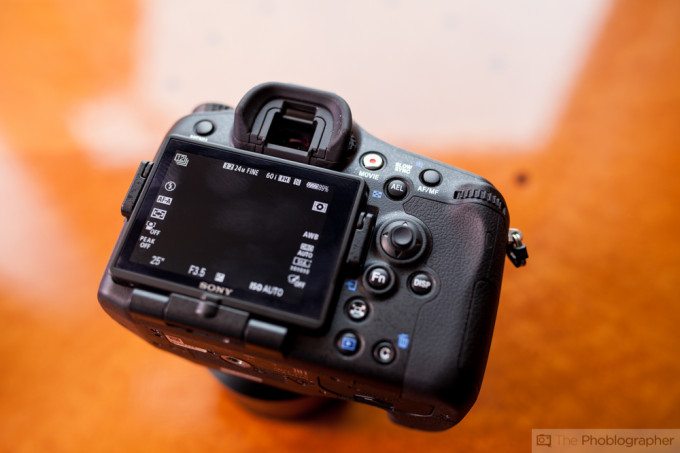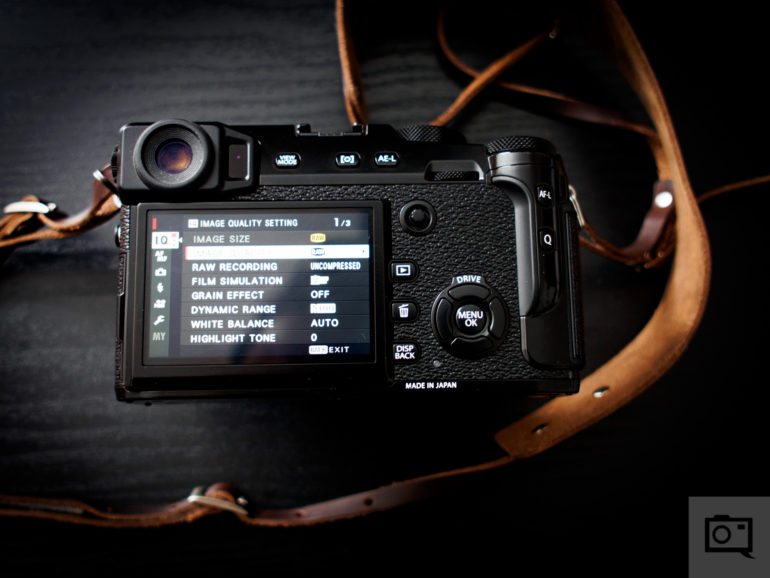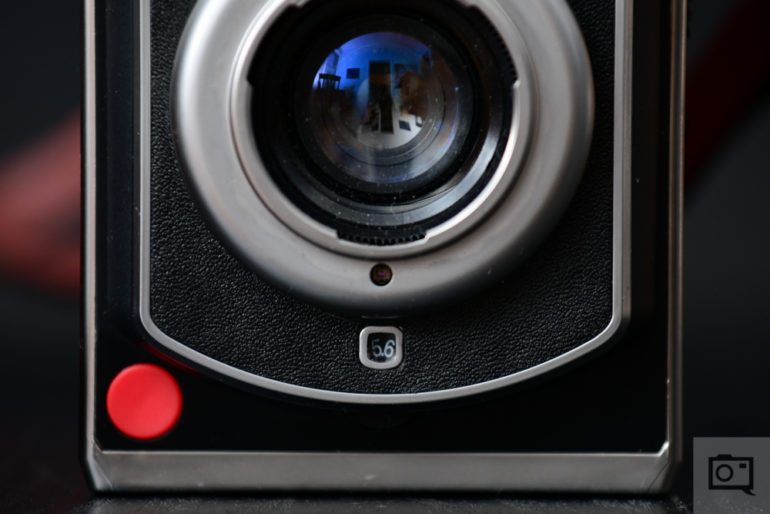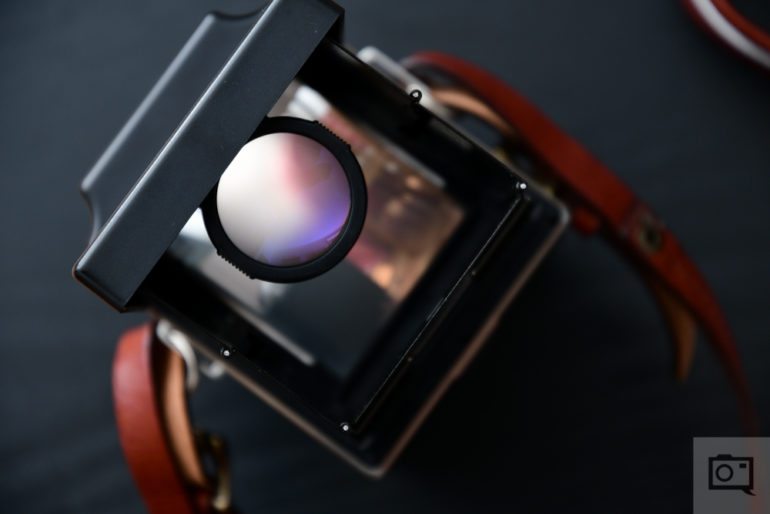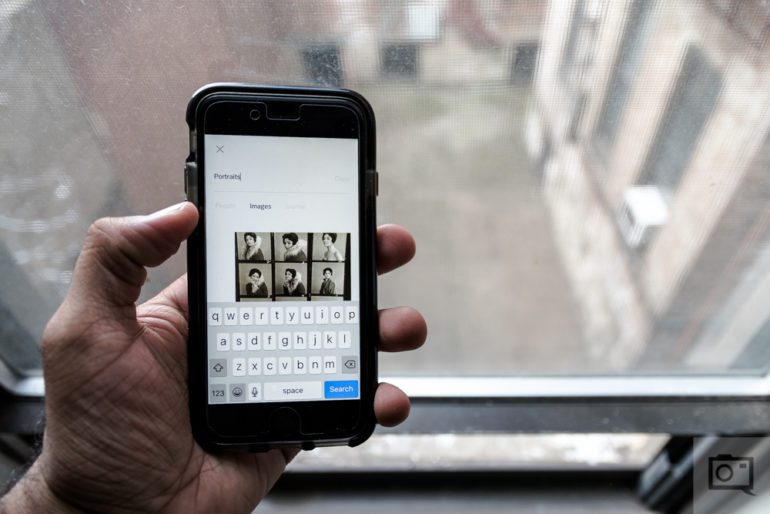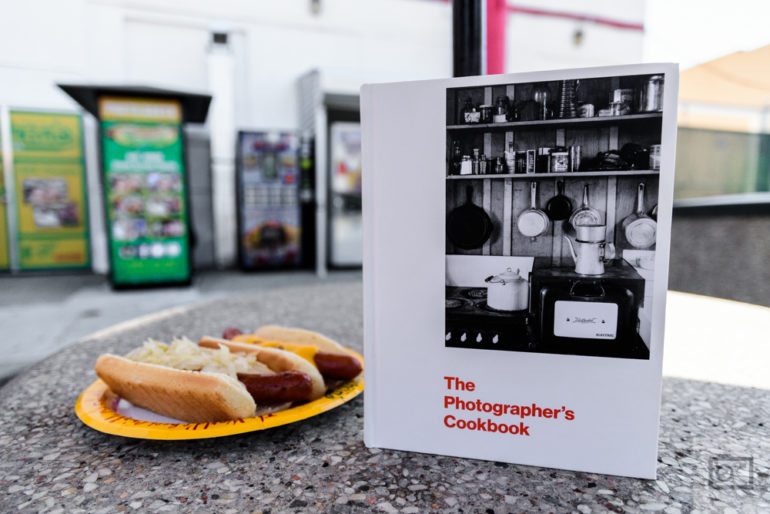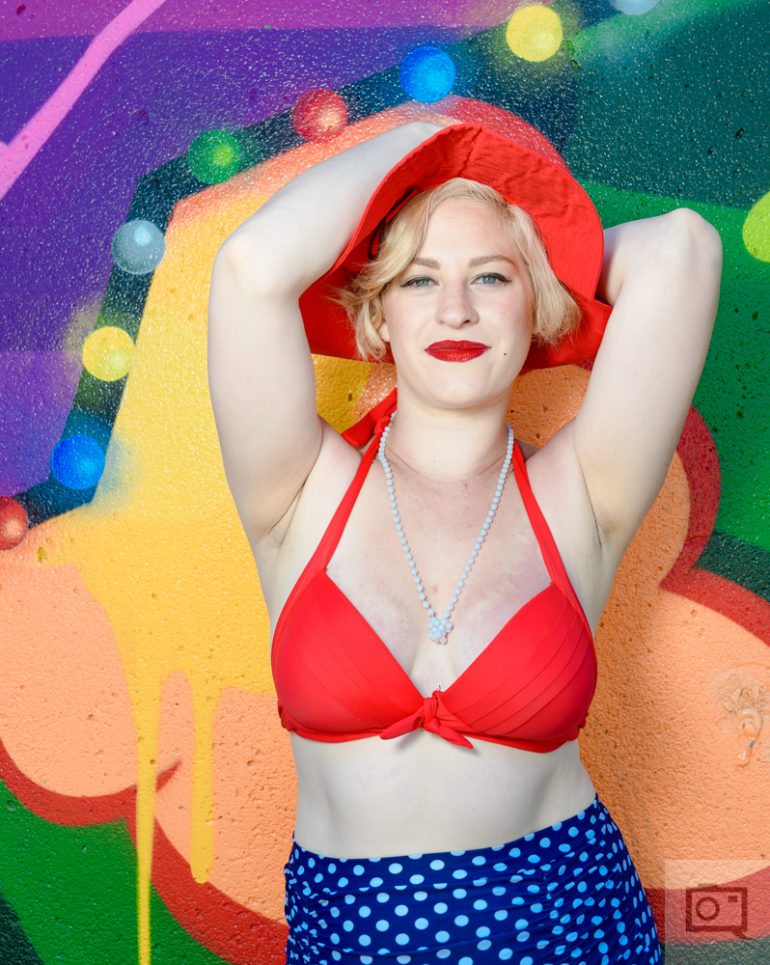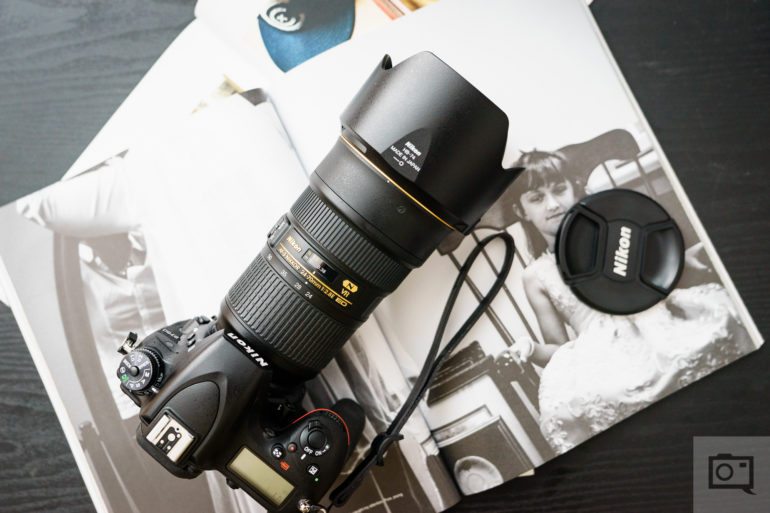Last Updated on 02/03/2020 by Brett Day
For years now, Nikon has said that the higher end lineup of the Dxxxx series of cameras were the replacement for the old D300s. But then they admitted that that wasn’t true, and like a rare find in the lands of Ancient Egypt, photographers got excited all over again with the announcement of the Nikon D500. Indeed, they have great reasons to.
The Nikon D500 is a camera that packs a punch–enough of one to fulfill the needs of both pros and high end enthusiasts. With a beefy build quality, fantastic autofocus, highly revamped ergonomics and a touchscreen on the back, there’s a whole lot that can be accomplished with this camera.
Editor’s Note: we’re trying a brand new review format. Each section will be individually evaluated and then added up for a tally. From there an evaluation will be given. Additionally, we will be making comparisons in each section.
Pros and Cons
Pros
- Fast, accurate autofocus
- A dedicated thumb joystick on the back for changing AF points
- New touchscreen is an interesting and welcome addition
- Integration of Wifi is welcome
- Top notch build quality
- Battery life that refuses to die
- Such a good camera that I honestly think that it’s overkill for a lot of people.
Cons
- Pretty big and tough to get into some messenger bags
Gear Used
The Nikon D500 was tested with the Nikon 16-80mm f2.8-4, 70-200mm f4, 50mm f1.8 G, and the Adorama Flashpoint Zoom Lion flash.
Tech Specs
Specs taken from the Nikon D500 web page
-
Effective Pixels (Megapixels)
20.9 million -
Sensor Size
23.5 mmx 15.7 mm -
Image Sensor Format
DX -
Storage Media
SD
SDHC
SDXC
XQD Type Memory -
Top Continuous Shooting Speed at full resolution
10 frames per second -
ISO Sensitivity
ISO 100 –51,200
Can also be set to approx. 0.3, 0.5, 0.7, or 1 EV (ISO 50 equivalent) below ISO 100 or to approx. 0.3, 0.5, 0.7, 1, 2, 3, 4, or 5 EV (ISO 1,640,000 equivalent) above ISO 51,200; auto ISO sensitivity control available -
Movie
4K UHD 3,840×2,160 / 30 fps
4K UHD 3,840×2,160 / 25 fps
4K UHD 3,840×2,160 / 24 fps
Full HD 1,920×1,080 / 60 fps
Full HD 1,920×1,080 / 50 fps
Full HD 1,920×1,080 / 30 fps
Full HD 1,920×1,080 / 25 fps
Full HD 1,920×1,080 / 24 fps
HD 1,280×720 / 60 fps
HD 1,280×720 / 50 fps
Actual frame rates for 60p, 50p, 30p, 25p, and 24p are 59.94, 50, 29.97, 25, and 23.976 fps respectively
High quality available at all frame sizes, normal quality available at all sizes except 3,840 x 2,160 -
Monitor Size
3.2 in. diagonal -
Monitor Type
TFT touch-sensitive LCD with 170° viewing angle -
Battery / Batteries
EN-EL15 Lithium-ion Battery
Optional MB-D17 multi-power battery pack with one rechargeable Nikon EN-EL18a or EN-EL18 Li-ion battery (available separately), one rechargeable Nikon EN-EL15 Li-ion battery, or eight AA alkaline, Ni-MH, or lithium batteries. A BL-5 battery-chamber cover is required when using EN-EL18a or EN-EL18 batteries. -
Approx. Dimensions (Width x Height x Depth)
5.8 in.(147 mm)x 4.6 in.(115 mm)x 3.2 in.(81 mm) -
Approx. Weight
26.9 oz.(760 g)
Ergonomics
The Nikon D500 is called an enthusiast camera by Nikon–but in no major way, shape or form do I consider it one. It’s got a whole load of power, a fair amount of complication and quite practical ergonomics for the working photographer.
We start at the front of this camera where we find the typical Nikon controls: custom function, DOF preview, focusing settings, lens release, an exposure dial typically associated with aperture control and the lens mount of the camera.
Turn to the top and what you’ll find on one side are the dials for controlling the camera. Here you’ll see mode, drive, white balance, quality, etc. You’ll also find the hot shoe, viewfinder, etc.
On the other side you’ll see the on/off switch, ISO control, exposure compensation button, video record, and the giant LCD screen that gives you a display of much of the relevant information.
Turn to the back of the camera and what you’ll find are loads of buttons on the left, few controls on the right, and a giant LCD screen separating them. This is very typical Nikon as they try to keep the functions that you may use in a lesser amount still accessible.
At this point you also may have noticed that this is a pretty tall APS-C sensor DSLR.
The Nikon D500 does something that is new and honestly really exciting to me. They brought in a thumb joystick for faster selection of autofocus points. Canon and Fujifilm have this, and it makes the overall flow of work much easier and smoother.
Something that’s really cool about the D500 is the fact that you now have a flippy touch screen interface. This screen is also just the right size to make it both comfortable to use for both touch interaction with the camera and still using the hard keys.
In Comparison
When we’re talking about flagship APS-C DSLR cameras, the big contenders here are the Canon 7D Mk II and Sony A77 II. But when you’re talking about price point then you should consider something like the Fujifilm X Pro 2. The Nikon D500 feels heavier and beefier than any other camera on this list. To boot, it also feels more rugged and like it will continually be able to take more abuse. To be fair though, that’s a testament to every serious camera Nikon puts out.
Ergonomically speaking, this camera will make a high end Nikon shooter feel right at home. Though I’m a nearly-career-long Canon shooter, I like the Nikon D500 more than the Canon 7D Mk II when we’re talking about pure ergonomics. The camera just makes sense to me.
However, there is yet another APS-C camera king: and that’s the Fujifilm X Pro 2. Sure, you could put the Sony a6300 on this list too, but I still genuinely believe the Fujifilm X Pro 2 to be the best APS-C camera out on the market. The ergonomics appeal to a person like me who prefers the rangefinder feeling
Rating
I really like the Nikon D500, but it’s a bit too bulky for me. It receives four out of five stars.
Build Quality
This camera is solid as a rock. When you grip onto that wonderfully sculpted grip, it’s tough to not equate it to a piece of art though that isn’t the intention at all. Nikon’s placement of the thumb joystick and their continued emphasis on making the experience of your eye not leaving the viewfinder while shooting must be praised. Of course, it’ll take some muscle memory to master but it’s quite excellent.
In Comparison
Compared to every other flagship APS-C sensor camera, this Nikon D500 is heavier and a heck of a lot more sturdy. For the most serious of work, I’d put fully confidence and reliability into it over the Fujifilm X Pro 2, Sony a6300, and the Canon 7D Mk II.
Rating
The Nikon D500 deserves a full five stars for its built quality. It’s excellent–hands down!
Ease of Use
With the exception of maybe Fujifilm and Panasonic who are both close candidates, Nikon’s menu system is generally the easiest to navigate of any of the big camera companies. Though it isn’t anywhere as swanky as the others, the simplicity if offers also lends itself to being a bit archaic in the looks department.
For the photographer that really cares just about getting to the settings they need and getting back to shooting, that shouldn’t matter.
In Comparison
Canon’s menu system has big sections, which split into smaller sections and even smaller sections. In a way, Nikon does the same thing–and they tend to do it in a way that generally makes more sense to me every time I pick their cameras up. Canon doesn’t exactly do this with stuff even like Micro-Adjustment getting moved around.
The Sony menu system for the a6300 and the a77 Mk II are essentially the same things. They’ve got a big giant menu system with sub-menus and settings hidden that you generally feel like it’s time for a table of contents or an index of some sort to be implemented.
Sony also has another menu system that is tile based and a relic from their NEX camera offering days. I’m not exactly sure who still uses it, but it made sense.
Fujifilm’s menu system is color coded and has sub-menus and settings locked in. For the most part, their system is pretty simple once you study it. But some things like even getting to the format card area are perplexing.
Rating
Overall the Nikon D500’s menu system is pretty simple without being overwhelming. I couldn’t figure out one thing but that got solved pretty quick and is completely my fault in the oversight. It earns five out of five stars.
Metering
When it comes to metering, the Phoblographer adheres to putting cameras against the standard Sunny 16 tests. The Nikon D500 nails metering pretty much perfectly with the exception of one or two weird times where something didn’t make sense to me by 2/3rds of a stop. In reality, that isn’t anything to cry about.
In Comparison
Digital cameras typically have a variance of 2/3rds of a stop to being perfectly on par with the Sunny 16 rule. They’re all pretty much spot on.
Rating
You street photographers that have shot film will be able to make a lot of sense out of the Nikon D500’s metering system.
Autofocus
Nikon’s autofocus has always been really, really incredible when it comes to accurately nailing a subject–whether fast moving or not. The Nikon D500 is no exception and even in low lighting, the autofocus is very consistent, accurate and to be honest I never lost focus at any point in time during the review period.
In Comparison
While Canon, Nikon, Fujifilm and Sony all offer very good autofocusing systems with their high end APS-C cameras, I have to say that Nikon’s is the most consistent. It’s always fast and always accurate. This system is then followed by Fujifilm–which is always accurate even in the lowest of lighting situations except when it comes to moving subjects. Sony has some trouble with tracking subjects according to other journalists though I never had the problem and the Canon 7D Mk II still does a good job overall.
But for what it’s worth, nothing feels like Nikon’s autofocusing system.
Rating
The Nikon autofocus system is second to none–but pretty much tied with Fujifilm with certain exceptions. It deserves five out of five stars.
Image Quality
At the heart of the Nikon D500 is a 20.9 MP APS-C sensor with a 1.5x crop factor. Nikon’s sensors have always been very capable and the one here is no exception. Not only can it deliver very good JPEG images, but it’s also highly capable when it comes to both high ISO output and RAW file versatility.
In fact, the RAW file versatility greatly surprises me and puts it on par with what both Sony and Fujifilm both offer.
JPEG Quality
The Nikon D500 offers JPEG image quality that makes the images look and feel every bit of what a Nikon camera and image typically looks like. They’re very good, and in general you’ll want to utilize the color profiles. It doesn’t, however, offer the same quality as Sony, Fujifilm or Olympus.
High ISO Output

The Nikon D500 has very low ISO noise and pretty much none at all when you look at an image as a whole when shooting at ISO 6400. It’s about on par with the X Pro 2.
Raw File Versatility
So here’s the original image. I really messed up here and was focusing more on trying to capture the moment than anything else. It’s very typical of many of us.
Here’s my edit. Crazy, huh? It was able to recover a ridiculous amount of details from the highlights and that’s overall very impressive.
Extra Image Samples
In Comparison
Though I’m not perfectly 100% sure, I think that the sensor in the D500 can pretty much get the same amount of detail from the highlights that the a6300 and X Pro 2 can. The D500 beats the a6300 at higher ISO settings but is only a bit behind the X Pro 2. They all beat the Canon 7D Mk II, but none of these cameras are any sort of slouch to begin with, and that should be kept in mind here.
Rating
The Nikon D500 is very good for sure–but it can’t beat the X Pro 2. This makes us give it a four out of five star rating.
Conclusions
Likes
- Great build quality
- High reliability
- Image versatility so good that you can always afford to mess up providing you know what the heck you’re doing with metering.
- Fantastic kit lens
Dislikes
- Expensive
- Kind of big
The Nikon D500 is an incredibly capable camera–and I honestly recommend it for both pros and semi-pros. It offers very good image quality, superb battery life, great ergonomics, high reliability in the autofocus department and a load of other cools things like WiFi. At the moment of publishing this article, it doesn’t include app integration for iOS–but that’s coming soon.
It’s a seriously great camera that I’d recommend to sports, photojournalist and wildlife shooters. They’re bound to make the most of it.
The Nikon D500 receives 28/30 potential stars. Honestly, it’s a very good camera and just shy of receiving an Editor’s Choice award. Want one? Check out the Amazon listing for more.
Recommended Accessories and Lenses
Nikon 70-200mm f4 G VR: If you’re shooting with a cropped sensor camera, you should really take advantage of the further reach it provides for you.


